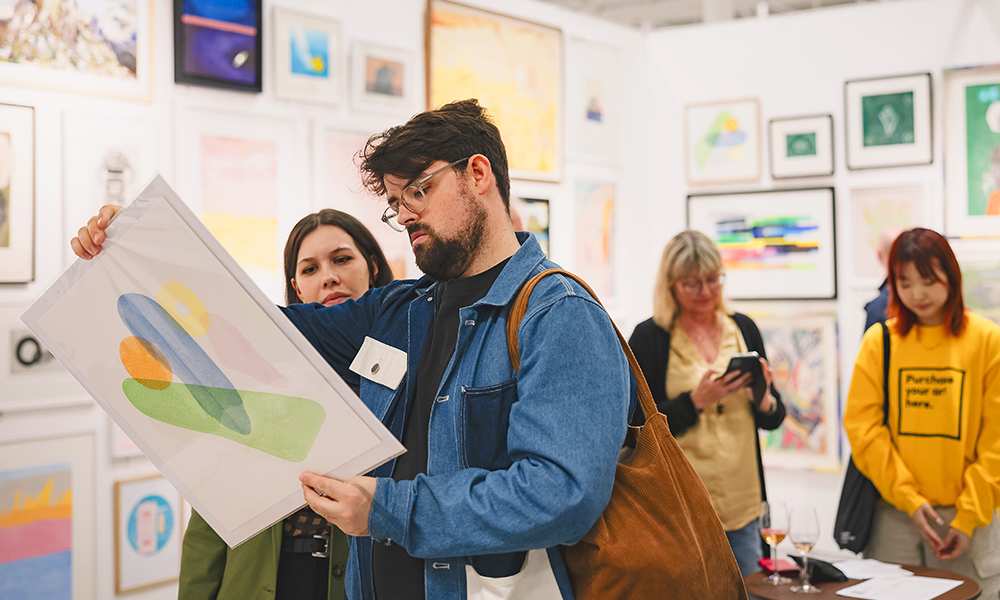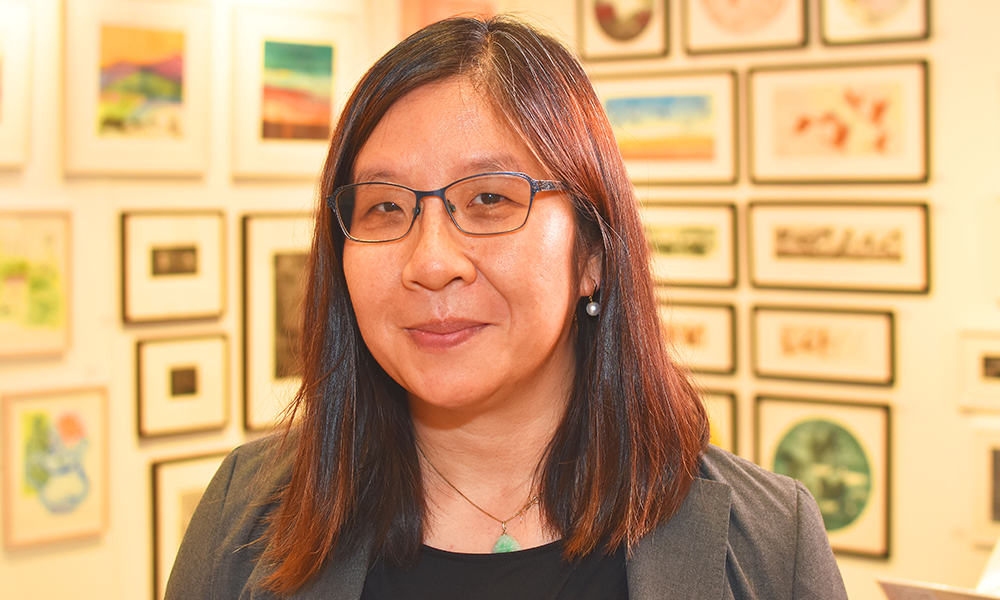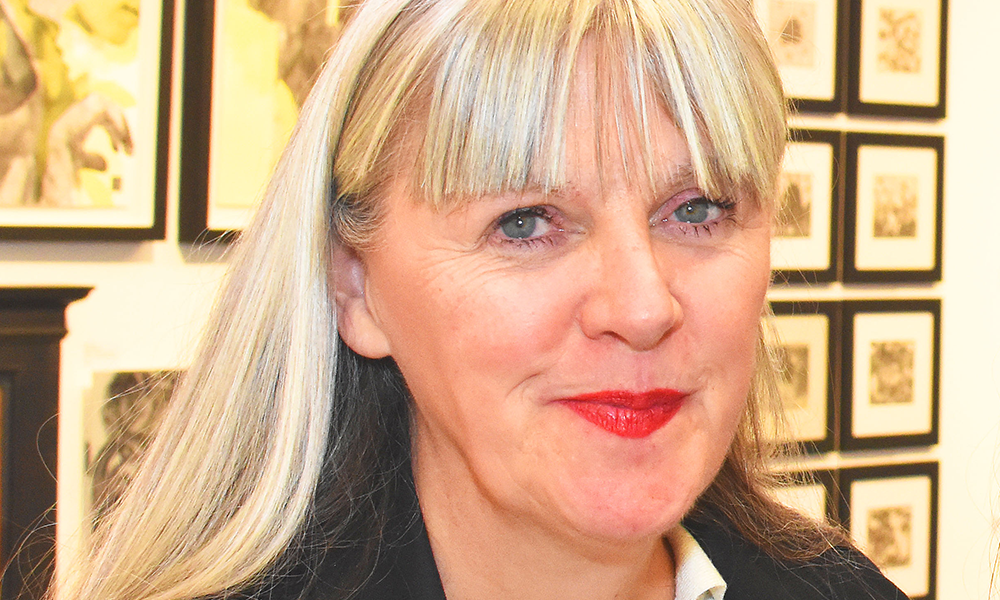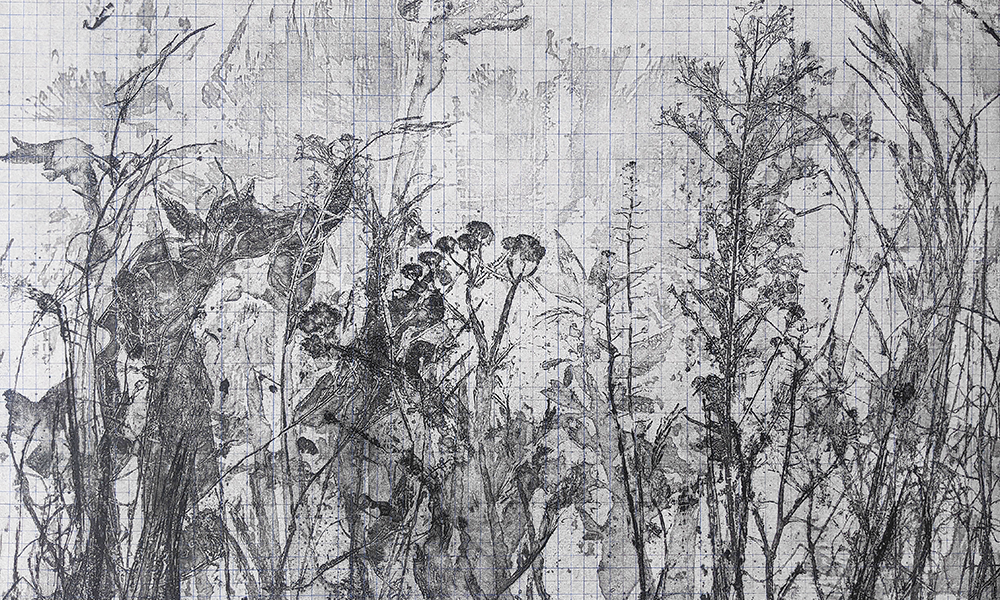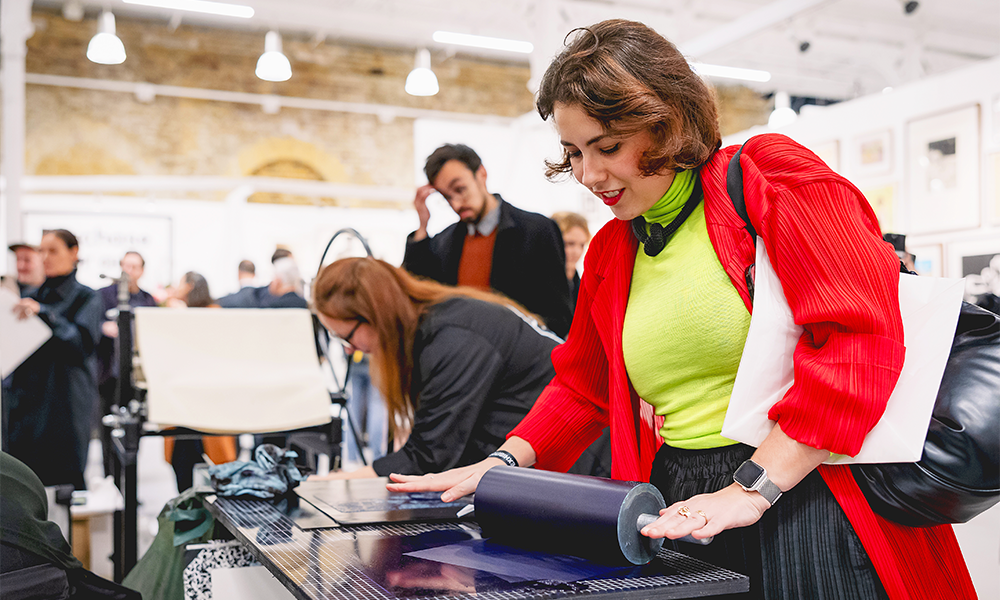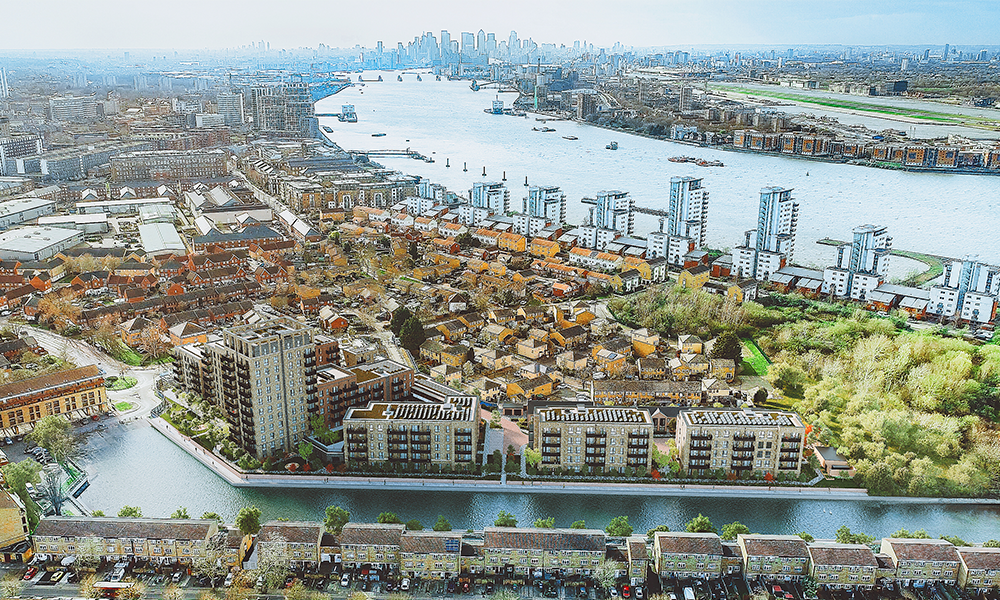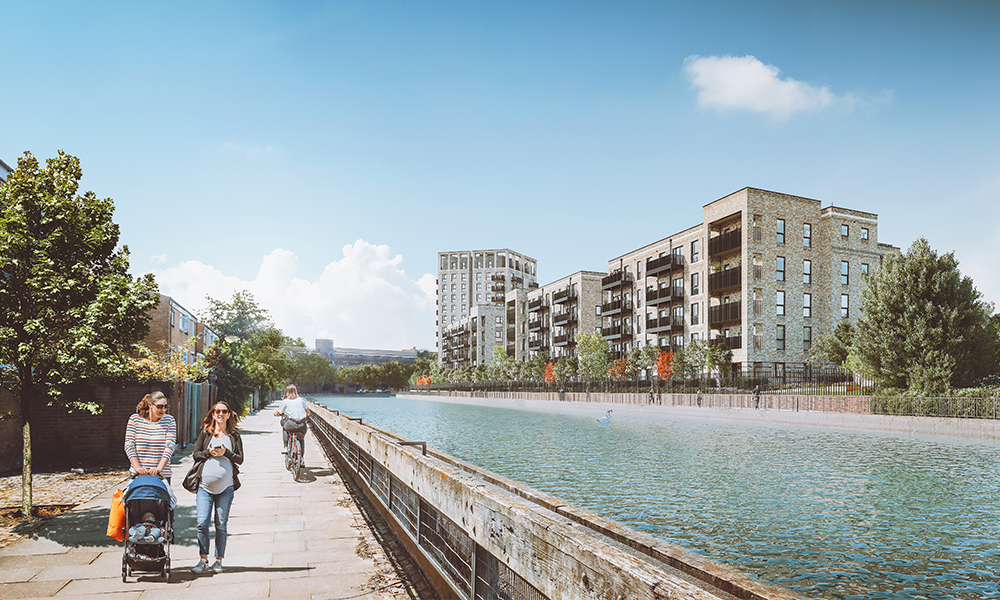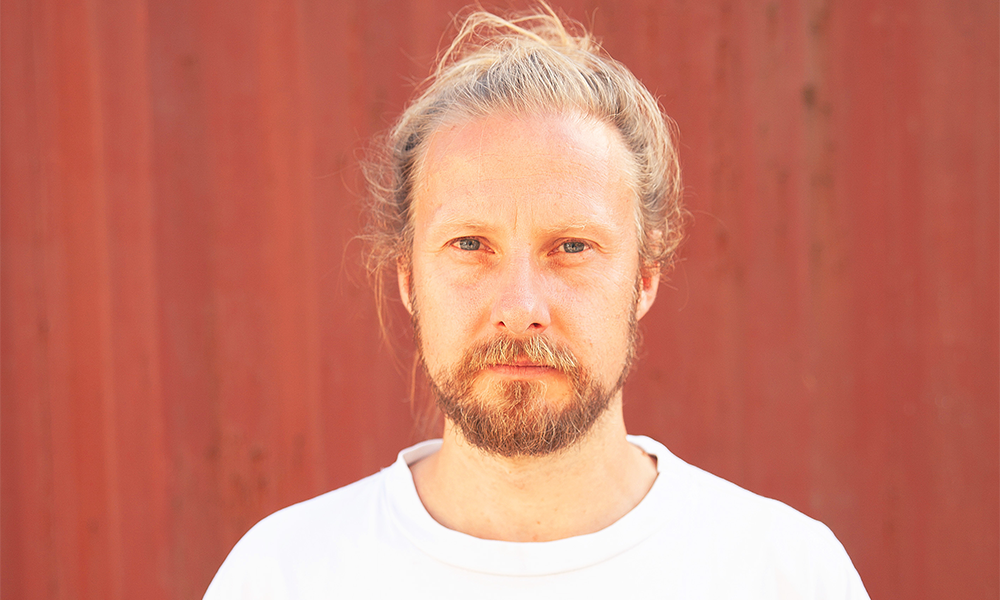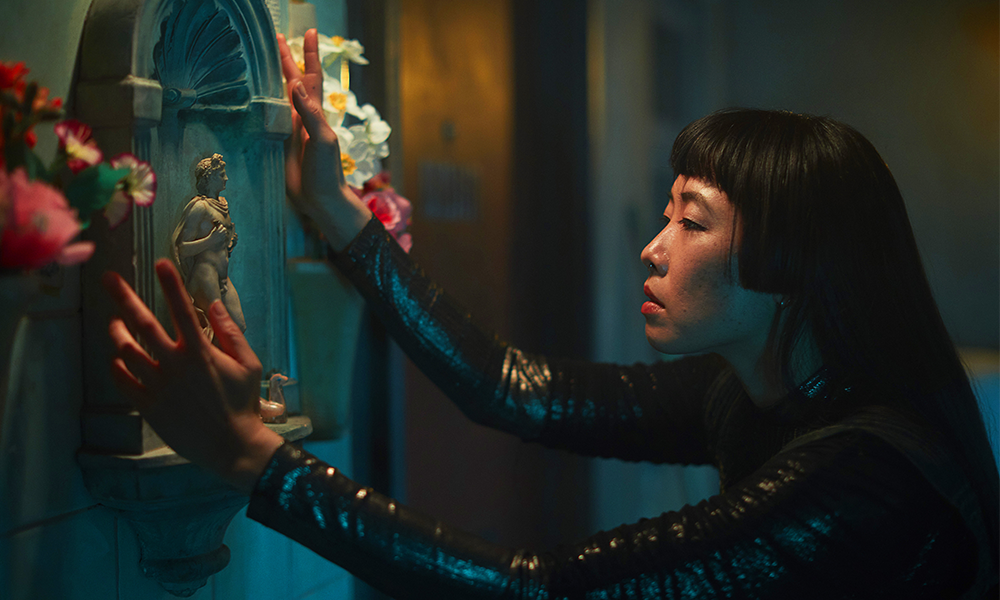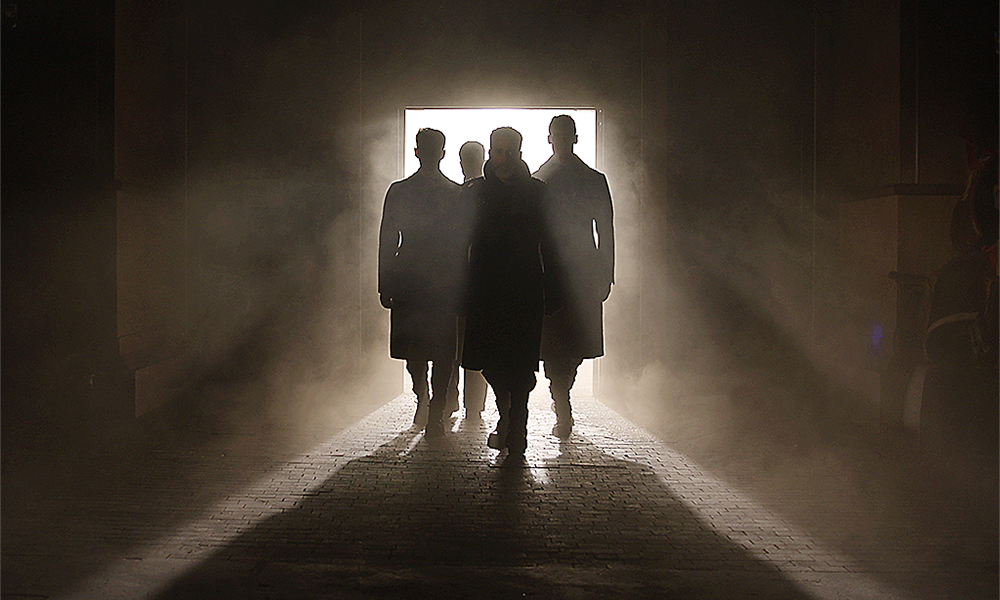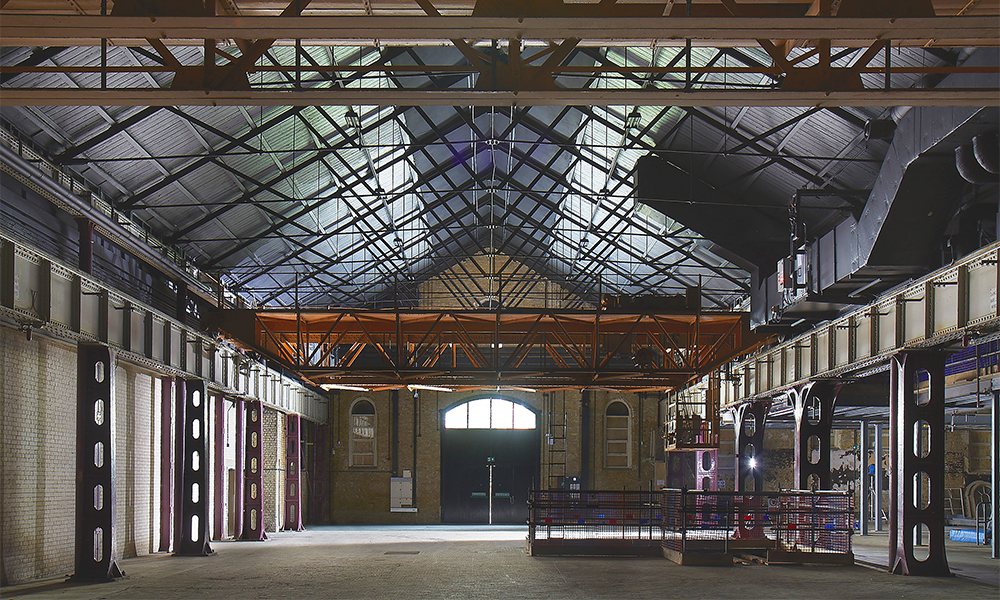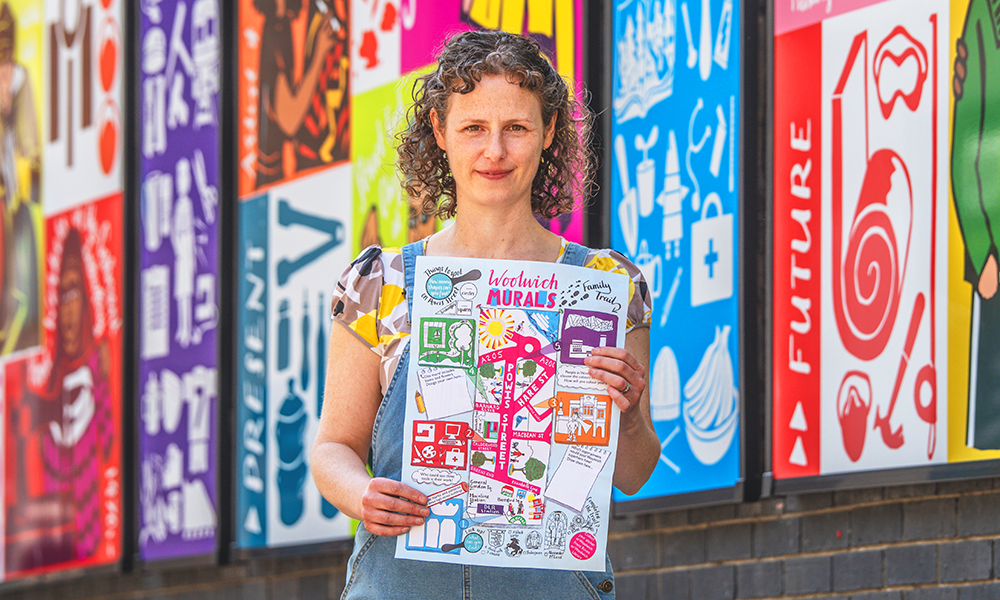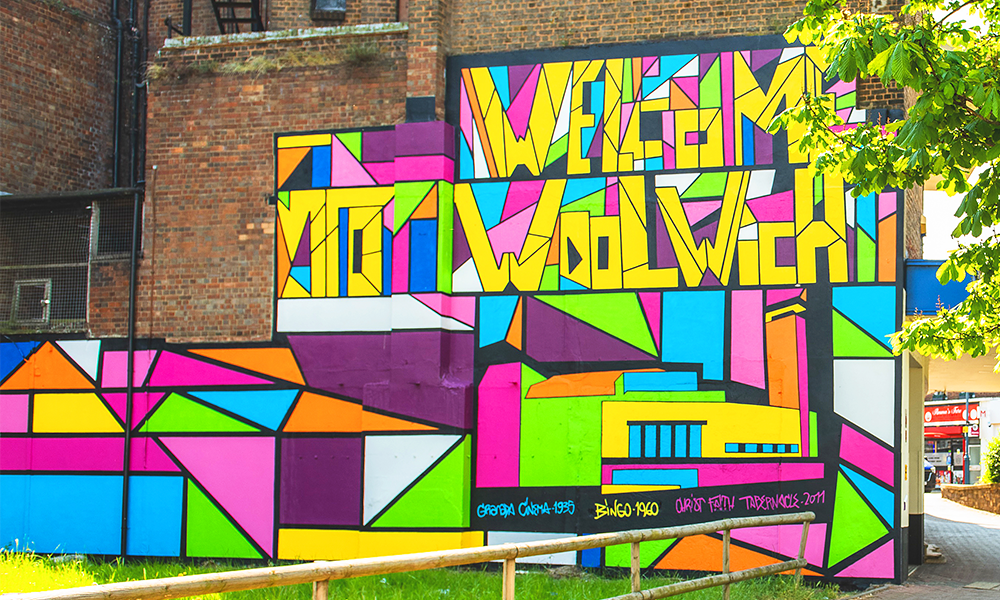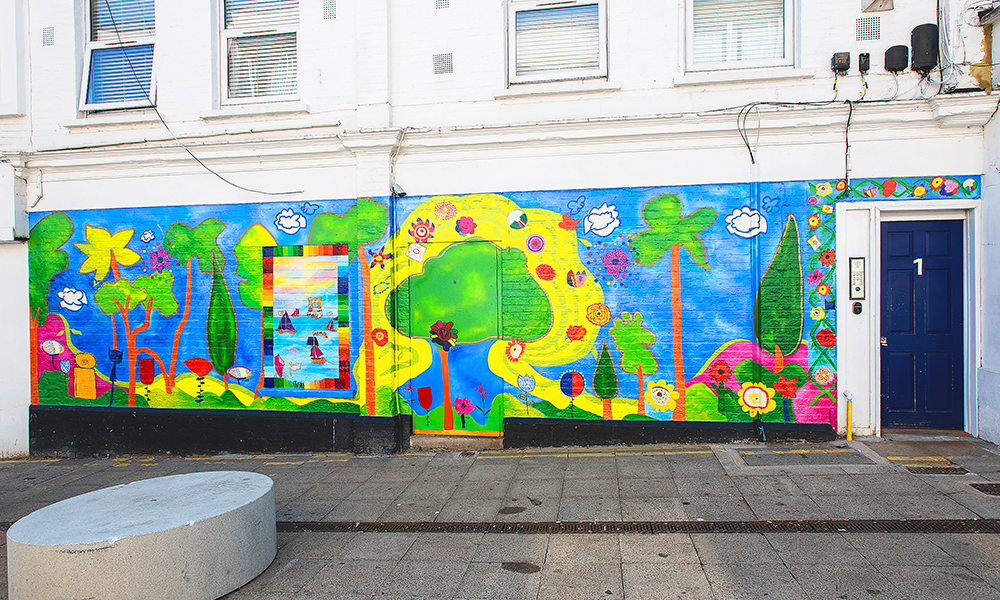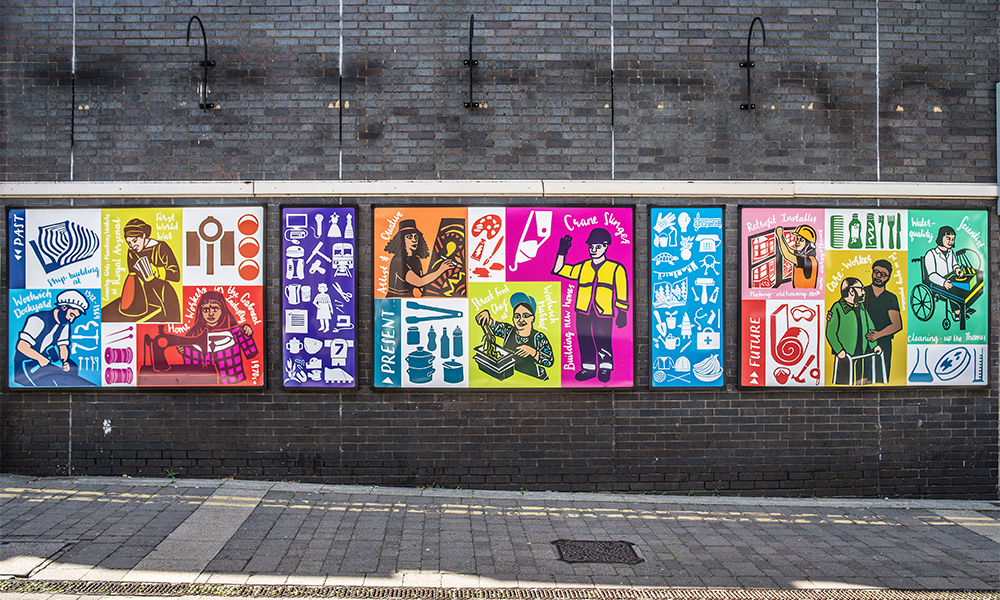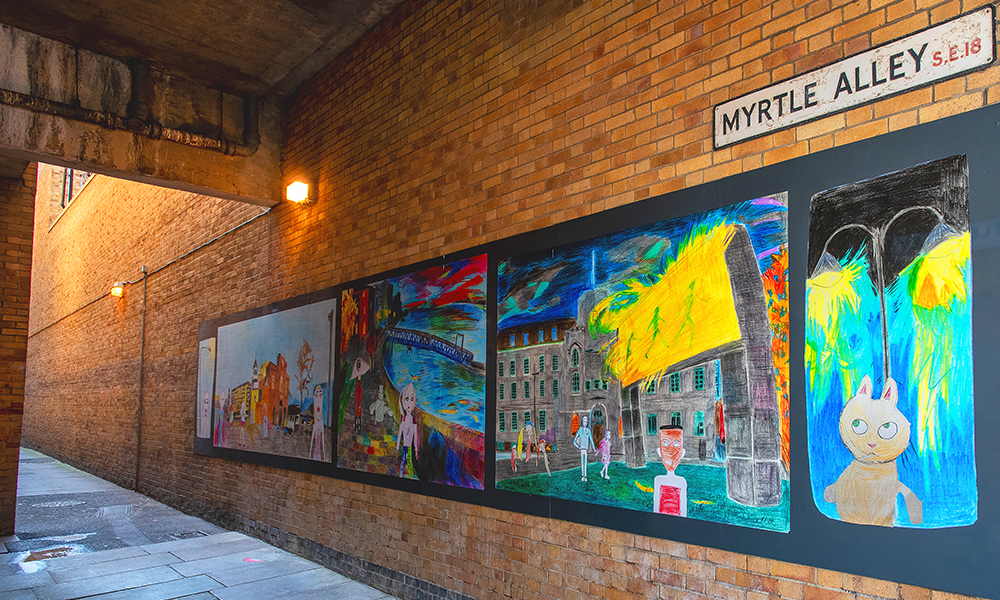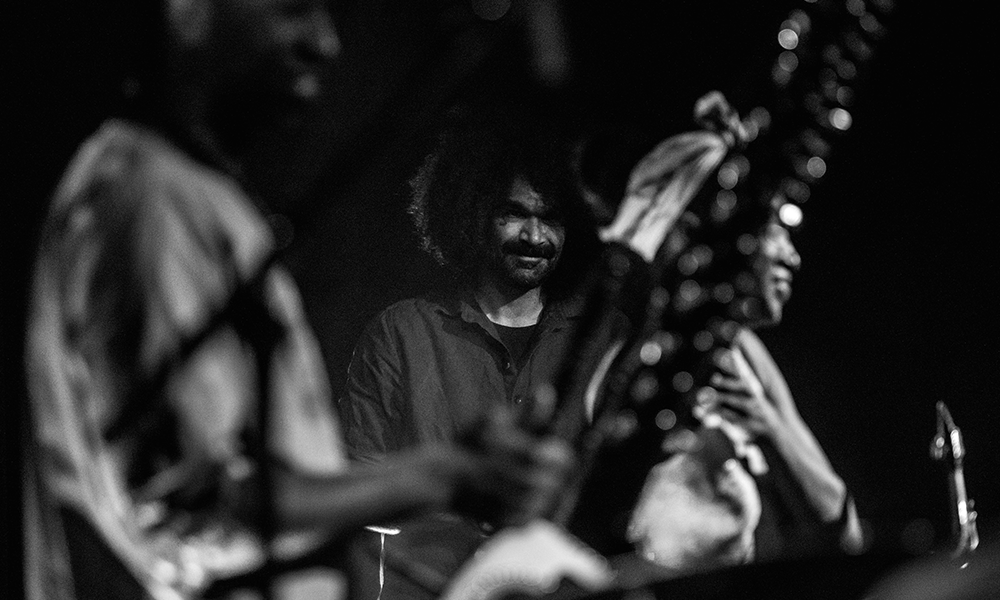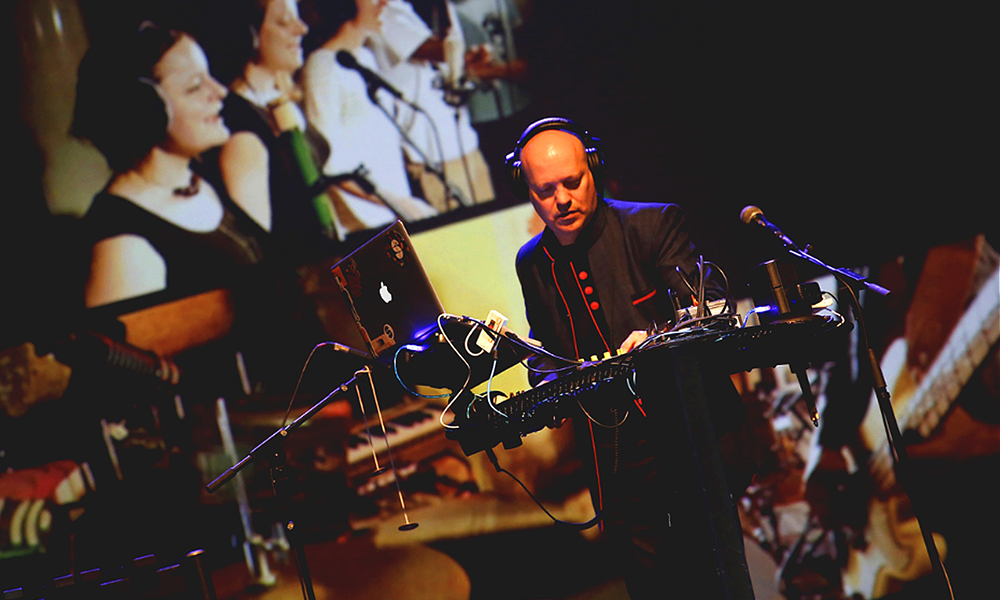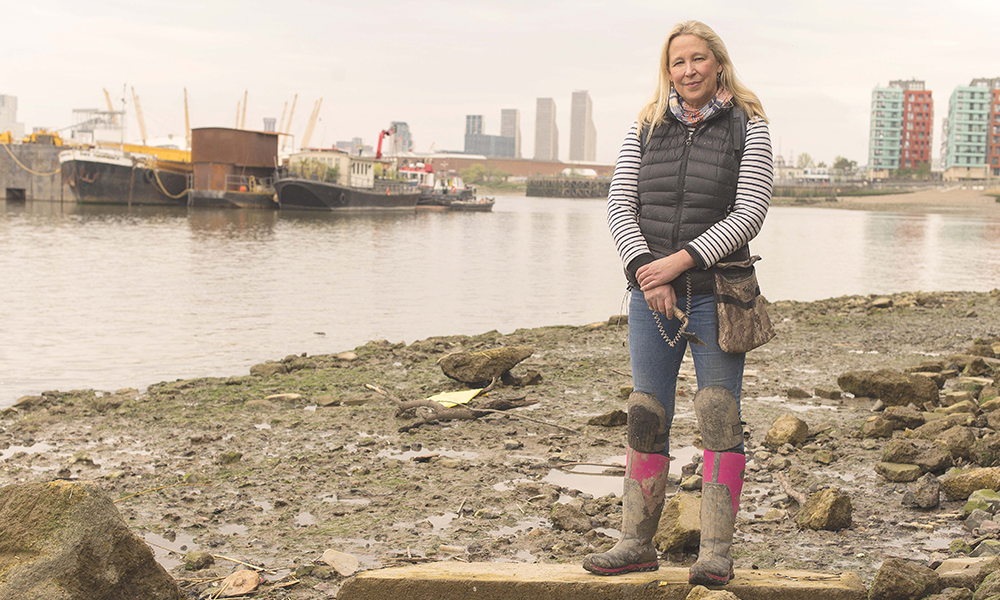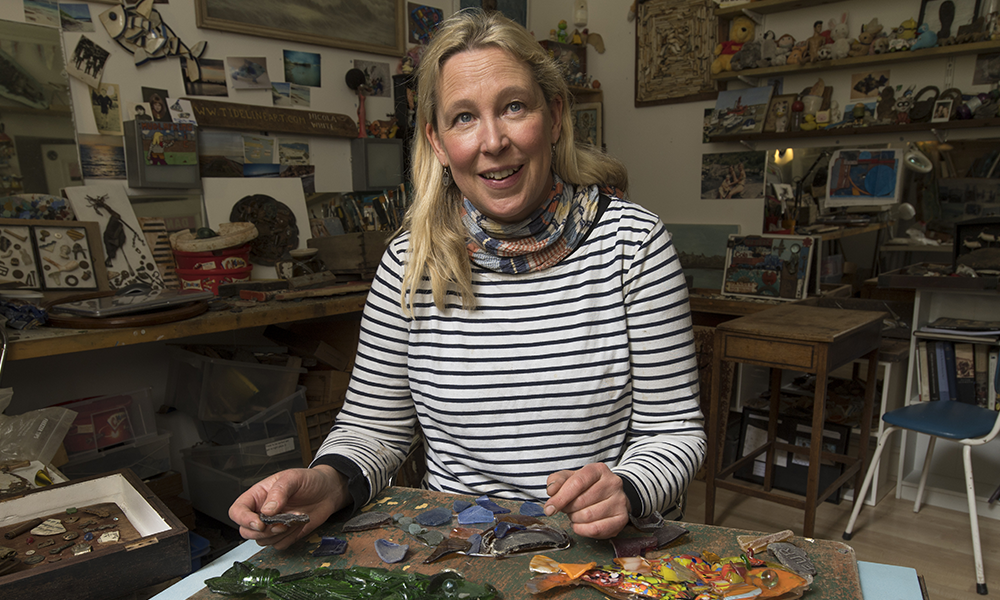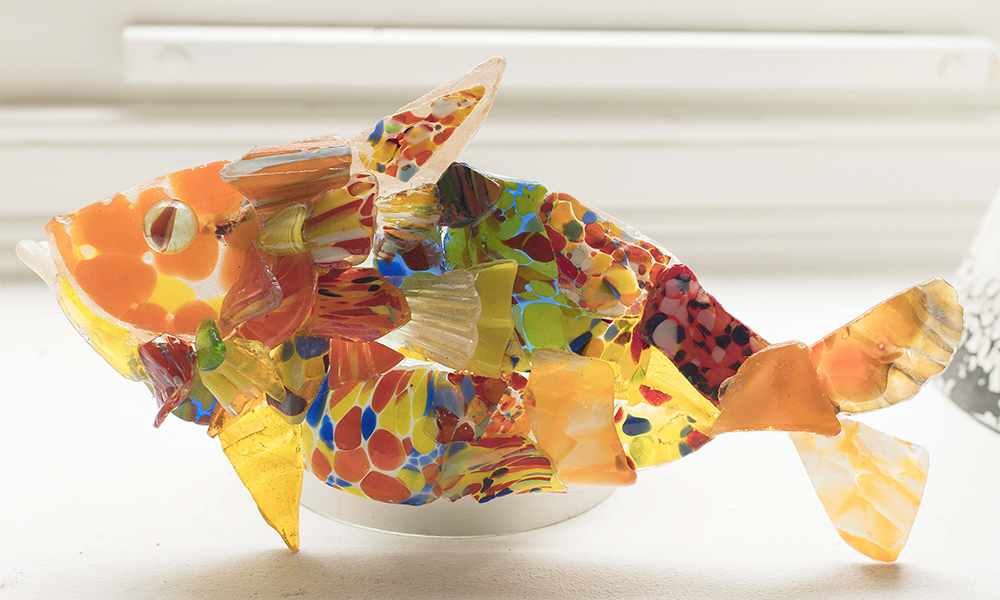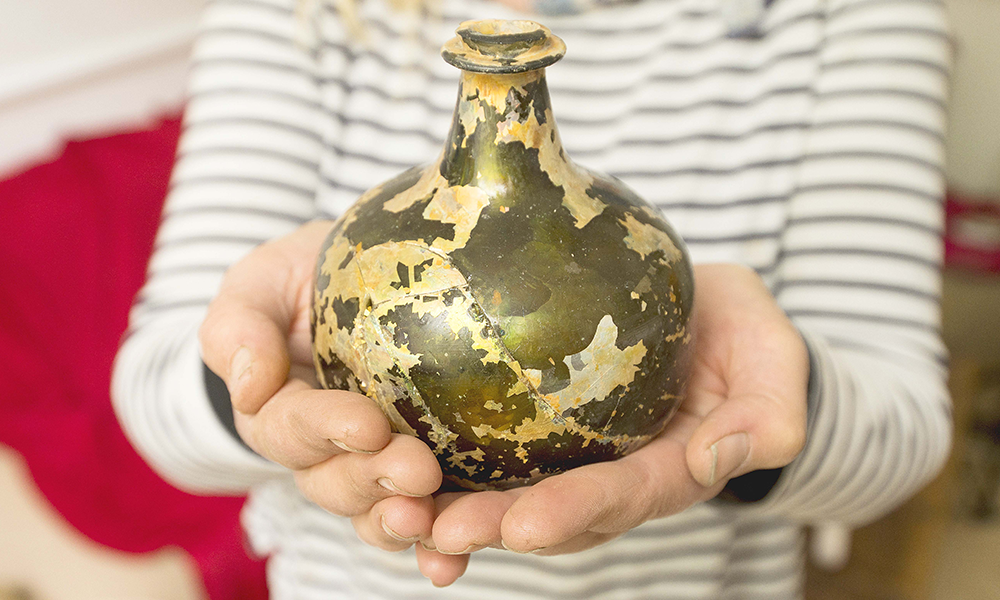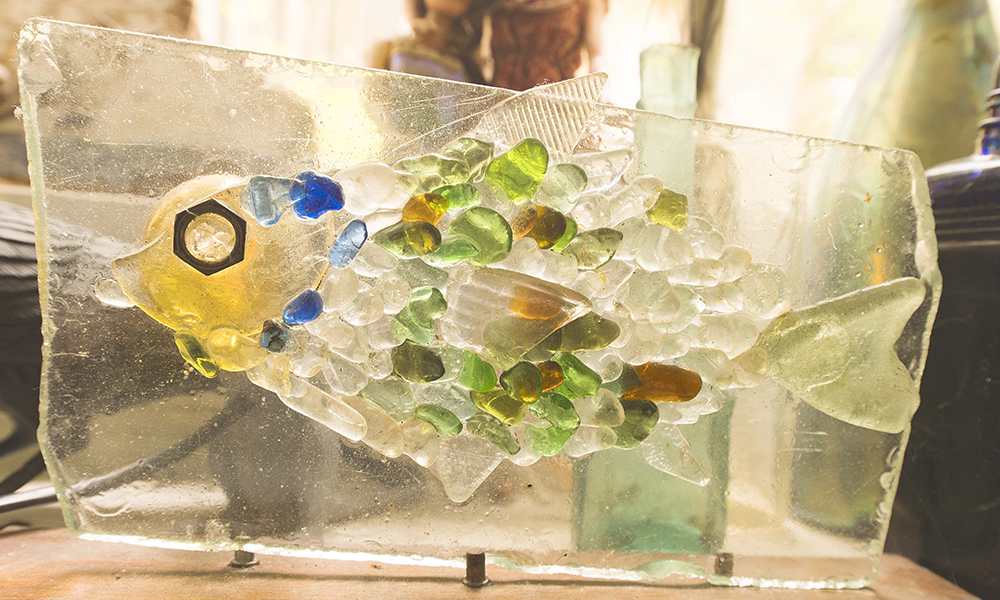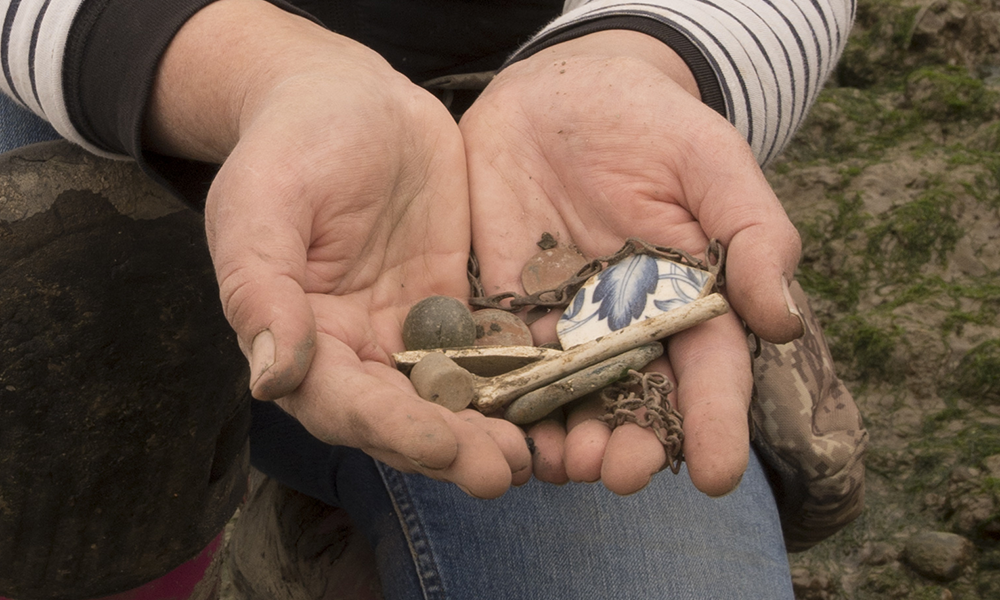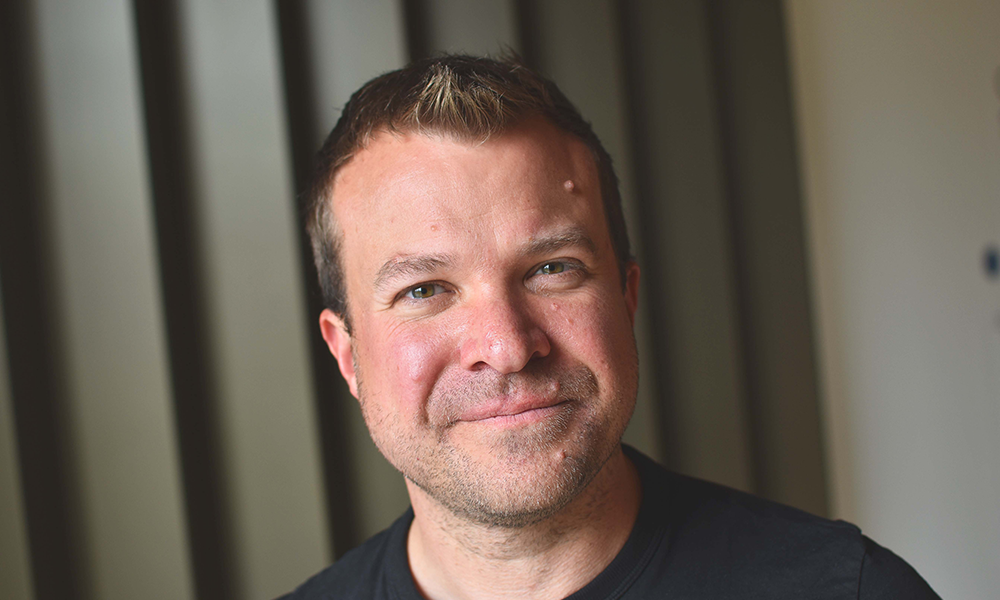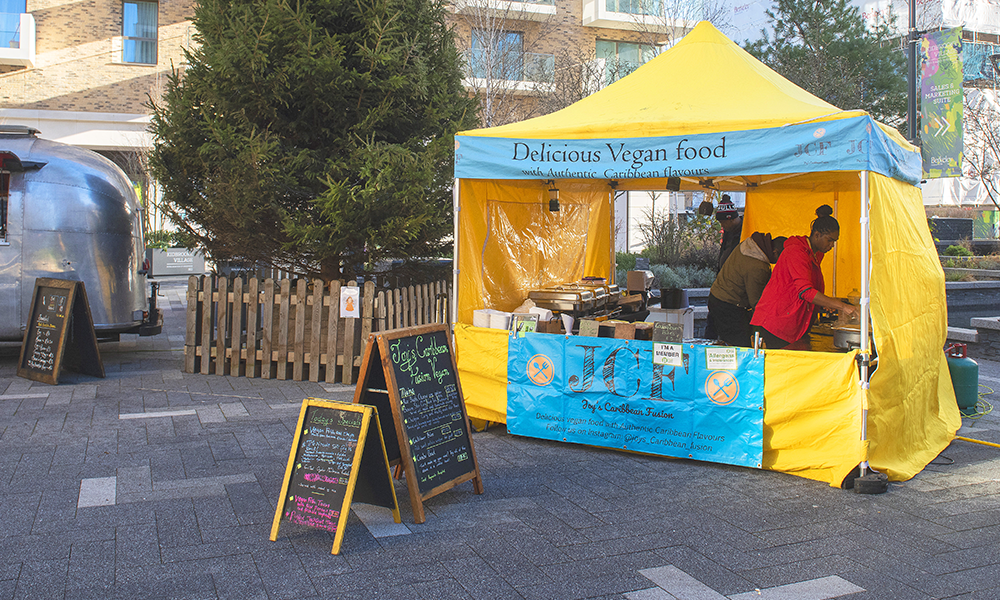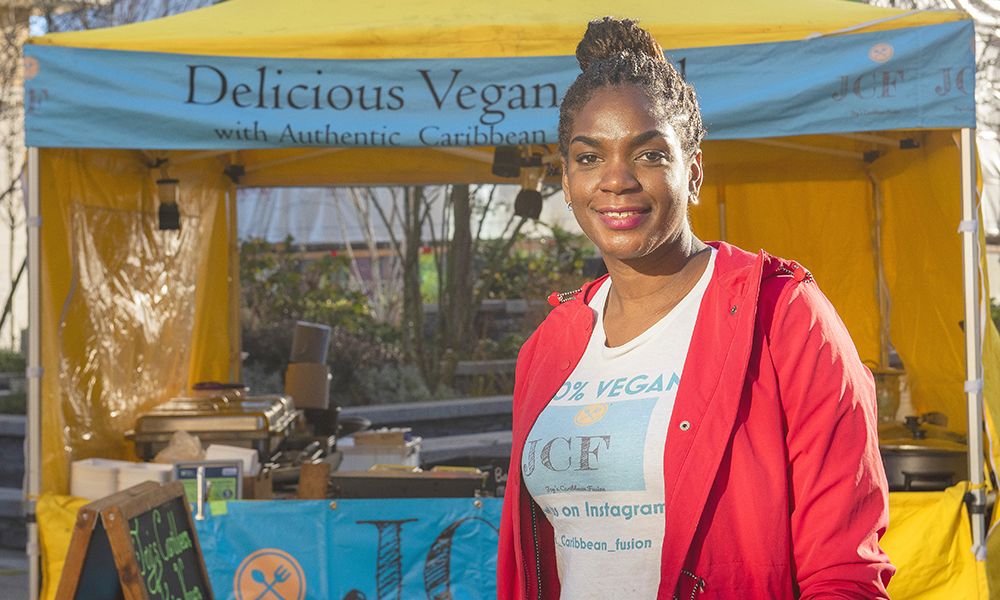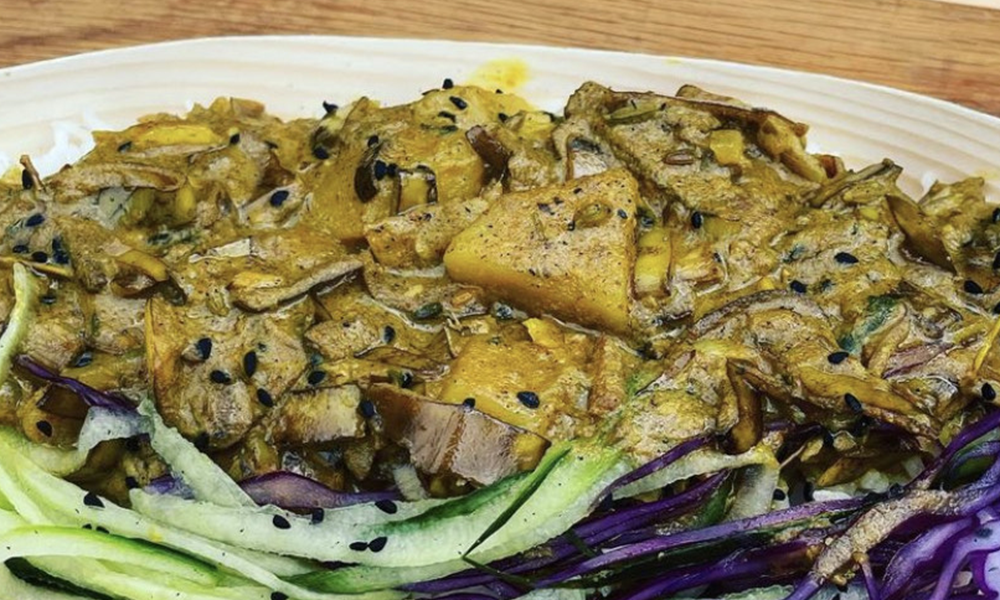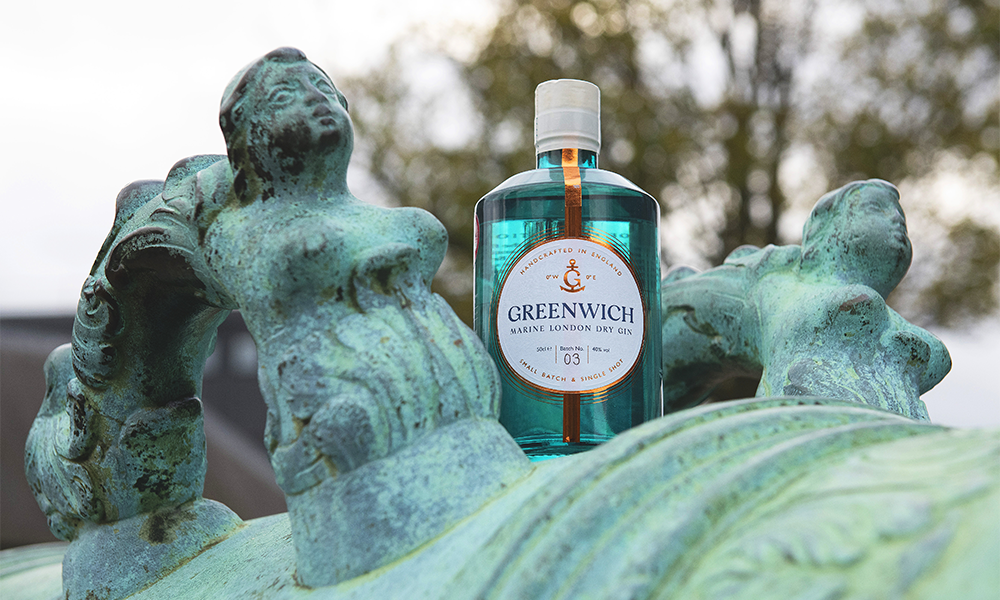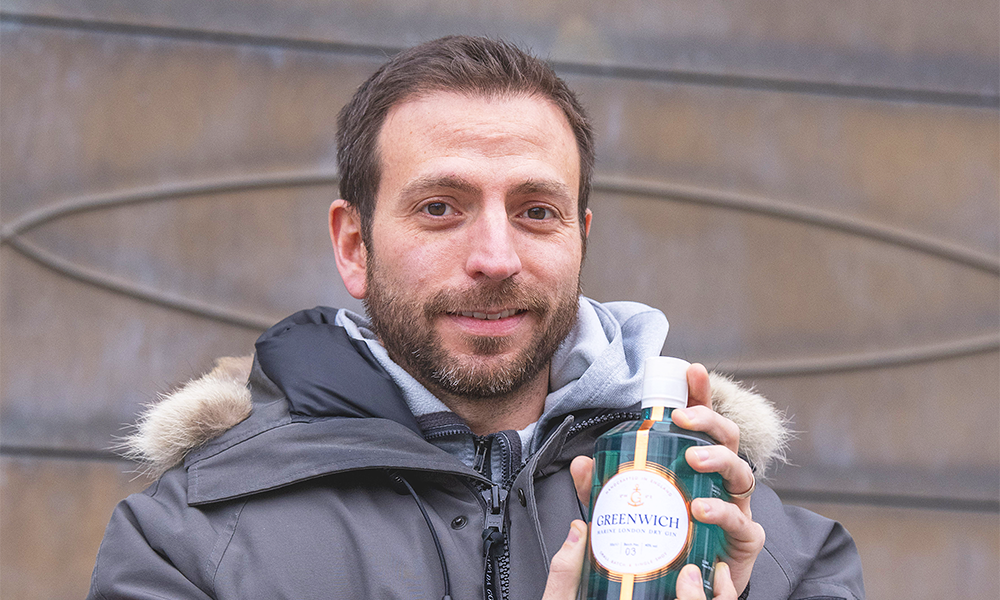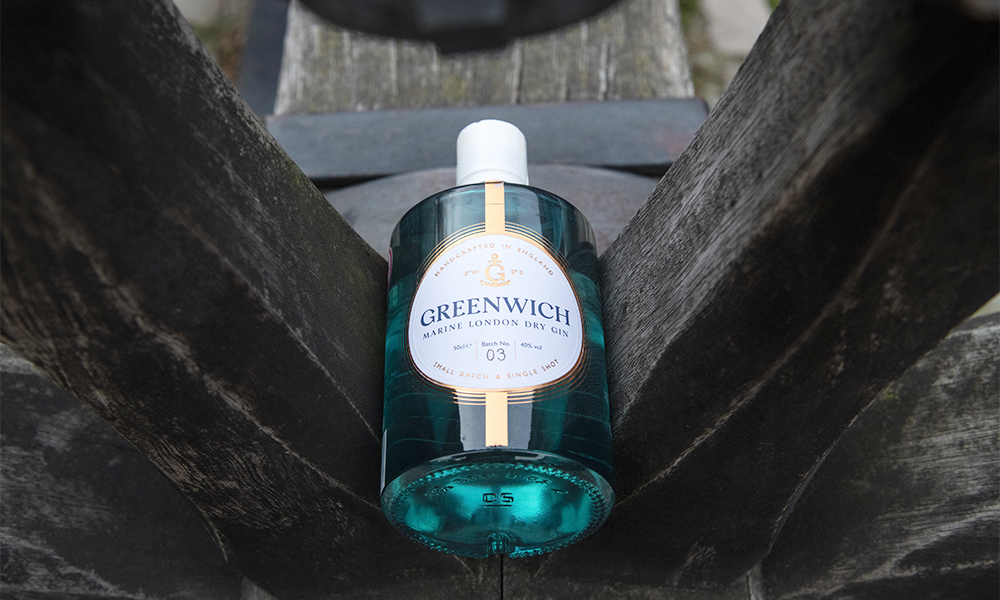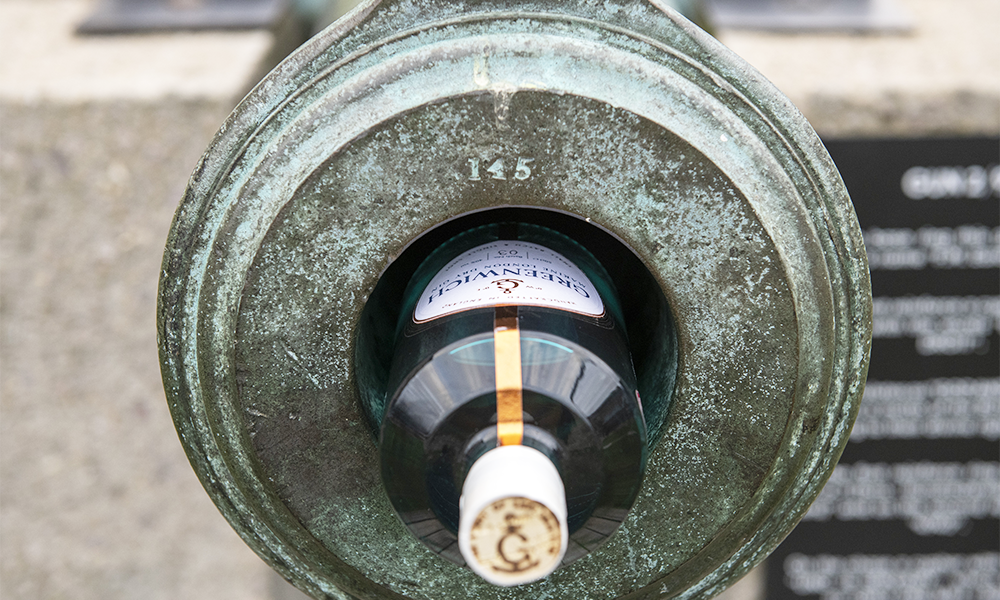Recently appointed director Nick Williams talks vast spaces and dog shows at the expansive venue
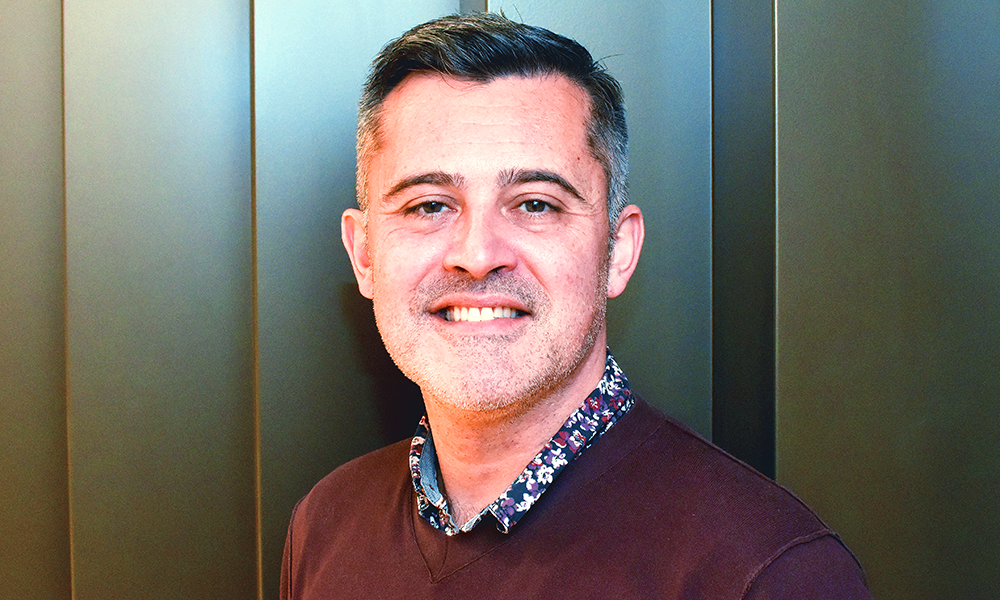
Subscribe to our free Wharf Whispers newsletter here
“I really want us to do a dog show – the Royal Arsenal is a very dog-friendly place and we are as a venue,” said Nick Williams, director at Woolwich Works.
“My own dog comes in regularly and she has very strong views on these things.”
It’s a new year and, having taken the helm at the venue only four months ago, there’s a sense of anticipation and possibility from the man at the top.
“It would be so easy to reel off lots of things I want to do, but actually part of the fun of this is finding out,” he said.
“I’m quite keen for us not to be just another arts centre.
vFor one thing, we’re too big for that – our main space is 1,500sq m and it can take 1,800 people.
“It’s enormous and that’s only one of seven spaces.
“That’s why I’m talking about Woolwich Works as an events space.
“If you take the word ‘arts’ out of it, the door is open to all sorts of things.
“There’s been an array of different sorts of stuff in its short life so far and I’m pushing us to experiment with more of that.”
He’s serious about the dog show, of course, with an ambition to build on last summer’s Woolwich Woofs event – but to do it at scale with exhibitors, stalls, events and categories that go far beyond the narrow pedigree world of The Kennel Club.
He says he wants it to be the antidote to Cruft’s, with space to celebrate waggy tails and grey muzzles.
But that’s very much the wet nose of the Great Dane, with plenty of plans and opportunity coming over the next 12 months.
DIARY DATES Family Folk Show Jan 28, 11am, £12.10 Folk duo Megson present a concert of ditties for those aged 0-8. Ruby Rushton Feb 9, 6.30pm, £15.50 The jazz quartet offer an anniversary performance of their album Two For Joy. Rotations Mar 7, 7.30pm, £13 An evening of classical accordion music and dance plus a Q+A.
“This year, I would like to be hosting profile events, where people will say the venue looks really great and that they’re going to come to us,” said Nick, whose career has taken in roles at Arts Council England as well as running venues in Notting Hill and Perth.
“It’s really easy to get to Woolwich on the Elizabeth Line – we’re six minutes from Canary Wharf, 15 minutes from Tottenham Court Road and an hour from Reading.
“I really want us to host stuff that couldn’t happen anywhere else because we have so much space and so much flexibility within it.
“We don’t have a single fixed seat anywhere – everything can all come out be moved around and put back in a different configuration.
“We started to experiment with a bit of that in the autumn and there’s a lot more of that to come in 2024, in various different guises.
“We have a fabulous courtyard at the centre of the venue and it’s our most underused space, even though it’s enormous.
“Last summer, we put a beach bar out there, which was nice, although the weather wasn’t that great and we’ve had a bandstand this Christmas with various different groups and performers, which has been great fun, and drew a lot of people with a bar and some mulled wine.
“This coming summer, we’re going to put something out there with a bit of shade – a bit more of a garden feel.
“We’ll have a stage for those months so we can programme a range of performances.
“People will just be able to drop in – it might be a DJ night or a community group.
“We’ll mix and match to connect with lots of different types of audiences.
“The idea is that people will just come by and hang out.
“Hopefully there’ll be lovely weather and we’ll have a wonderful time.”
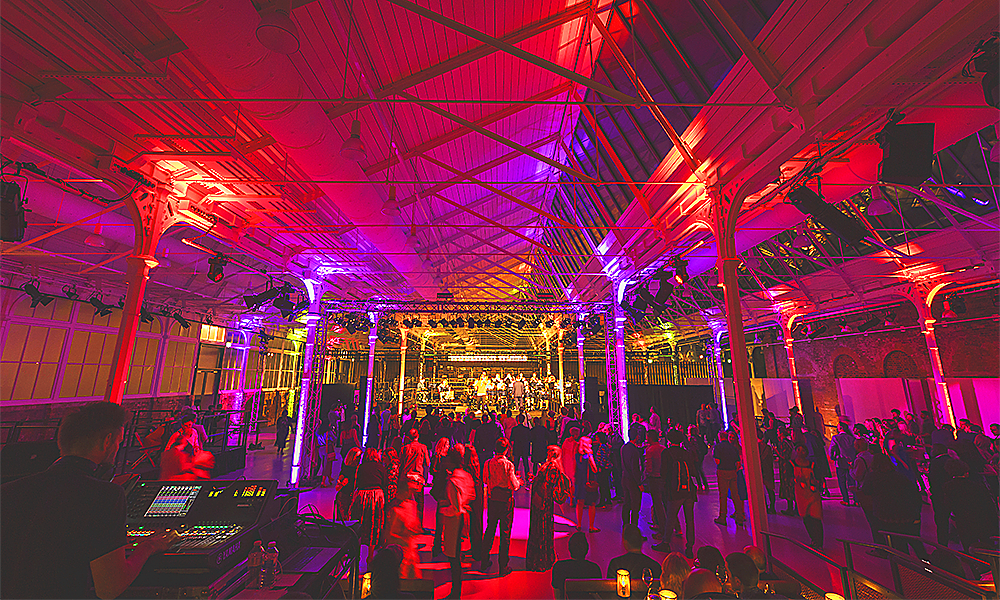
While there are some big dates on the calendar but currently under wraps, Nick was keen to stress that staff at the venue were very much open to ideas – especially creative ones.
“There’s so much I can’t actually tell you at the moment,” he said.
“We have a very big wellness and fitness event coming up in early spring.
“We’re also going to have an all-day Eurovision festival at the beginning of May, before the main event, and that will be great fun, with some big-name performers.
“The beauty of this place is that we can do what we like with it.
“I had a festival director come down who really wanted to do a show with us because it suited the vibe to put in the round.
“He wanted it for about 450, but here he found he could get 650, which was brilliant. It’s that versatility that’s fantastic.
“One of my key aims is getting as many people as possible in to see what we can do here.
“My attitude is that, if you’ve got a project that might be worth doing with us, then approach us – we’ll have a wander round, a coffee and a chat and see where it leads.
“I’m really keen on exploring crossover events which mix food, performance, creativity and wellness.
“We can do that here – it doesn’t have to be one thing or another.
“But you can’t run a place like this in isolation – you have to be open, interested in other people’s ideas.
“We’ve got too much space to fill just to rely on our own thoughts.
“We need people to come forward with their ideas.
“Word is getting out and that is entirely what we’re after.
“More and more people are coming forward with all sorts of things, and it’s all really exciting.
“In many ways we’re still a startup – still evolving and working out what works at Woolwich Works.”
Visitors and local residents can expect this spirit of openness to continue in 2024 – Nick’s overriding message being one of welcome.
He said: “I think we want people to realise there’s something for everyone here, and it really is for them.
“We encourage people to wander into the building and say: ‘Hi’.
“One of the first things I did when I came was to change the cafe opening hours.
“It used not to open on Mondays and Tuesdays, and it would open at lunchtime from Wednesday onwards.
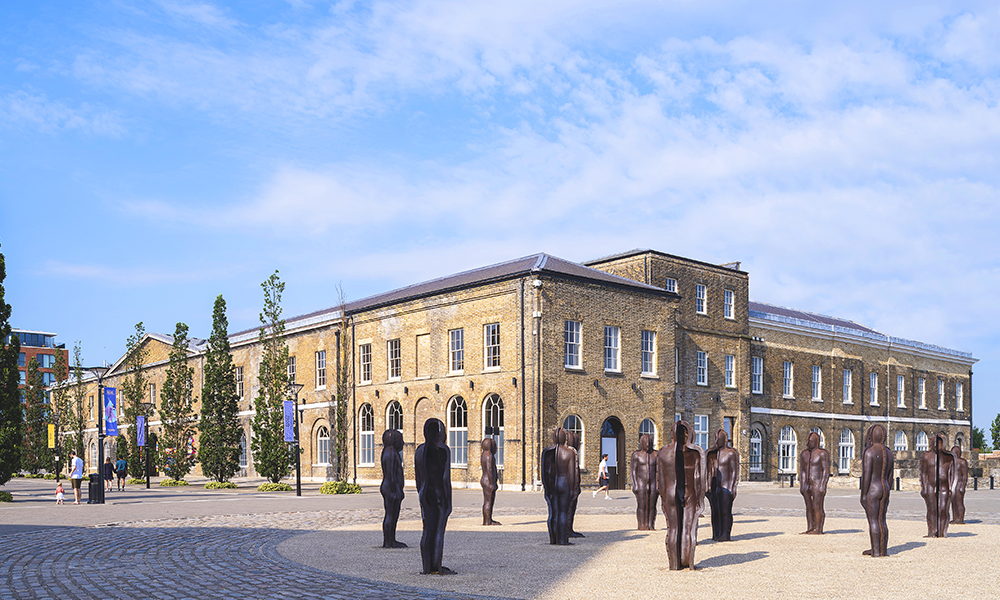
“Every time I was in there in the morning, someone would try to get in – I thought there was clearly an untapped market here – so from October we started opening at 8am on Monday mornings.
“We noticed quite a few people came and worked from the cafe, so we launched the Workers Club, and people take advantage of that because it’s a good deal.”
For £6, people can work from the cafe from 8am-6pm on weekdays with unlimited tea, coffee or juice. Times vary at weekends
There are also options to upgrade to lunch for £12 per day or to lunch and an after work drink for £15 per day.
“There isn’t anywhere like it near here,” said Nick.
“These are people often running small independent businesses or sole traders who want to support us and we’re making it easy for them to do that.
“We’re also very keen for our resident creative companies to perform here.
“Chineke! and the National Youth Jazz Orchestra have both been in our Christmas programme and one of the things we’re talking about with all the organisations is how we can collaborate more effectively.
“It’s a great conversation to have because everyone’s up for it.
“The Acosta Dance Foundation is a relatively recent arrival and Carlos is full of ideas.
“He really loves the main space and wants to do stuff in it, which is an exciting prospect.
“Having a global superstar say that they want to do something in our space is thrilling, so we hope that will come this year.
“I’d like people to think Woolwich Works is a place where really great things happen – somewhere they have a great time when they come and that always has something interesting happening.
“I have a sort of mantra – I want everyone coming away from an event to say that they had a really amazing time here, that they felt comfortable in the venue, that they were really welcome and that it was an easy, fun experience for them.
“I’d like people to think fondly of us, so that they want to see what’s on next time.”
Woolwich Works offers a regular newsletter with full details of forthcoming shows and ways to help support the venue.
Find out more about Woolwich Works here
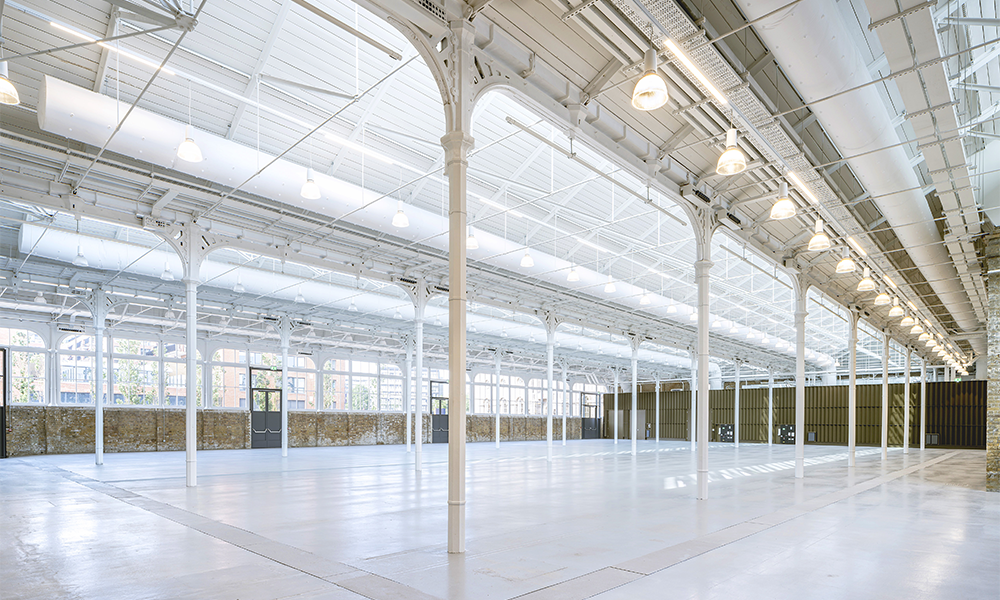
Read more: How Canary Wharf’s Creative Virtual is taming the voice of AI
Read Wharf Life’s e-edition here
Subscribe to our free Wharf Whispers newsletter here
- Jon Massey is co-founder and editorial director of Wharf Life and writes about a wide range of subjects in Canary Wharf, Docklands and east London - contact via jon.massey@wharf-life.com




